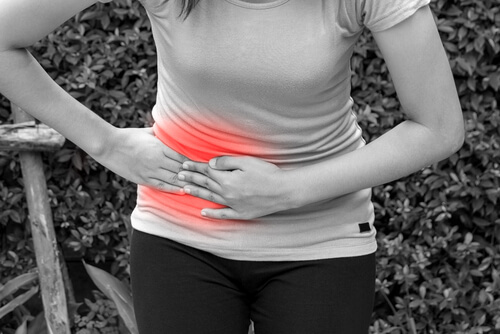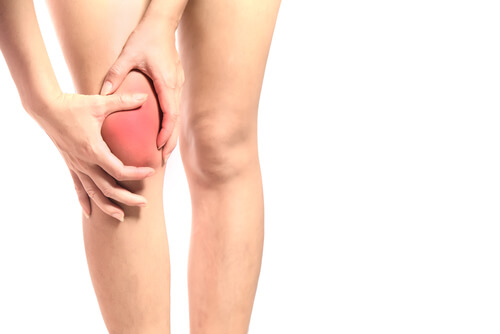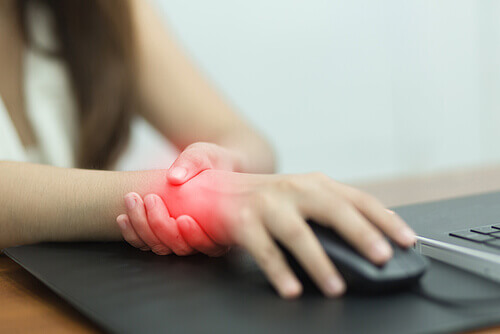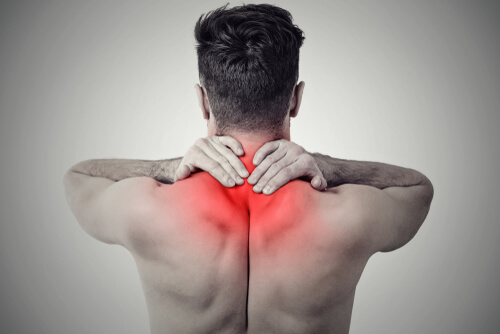Appendicitis is one of the most commonly diagnosed medical emergencies that most hospital emergency rooms will see in a year; the average hospital has at least a few hundred cases of appendicitis per year – and these are usually taken straight to surgery if it’s severe enough for the appendix to have burst, or treated with antibiotics until the inflammation or potential infection in the appendix has subsided.
It’s common for appendicitis patients to experience a high-grade fever for more than a few hours and to experience other common symptoms like a stabbing or burning pain on the side of the abdomen that is likely to be worse with the body in certain positions. Usually, the pain is more severe when pressing on either side of the abdomen.
Appendicitis is serious and requires immediate medical attention and treatment.
What causes it? There are actually several different things that can.
Here are 14 common causes of appendicitis.
1. Direct trauma to the appendix
Any direct impact or trauma to the appendix can be enough to trigger a severe infection to the appendix – and it can cause the appendix to inflame or burst if there is an existing infection present or if the person is already in the first stages of appendicitis when the impact is sustained.
It could happen to someone who gets involved in a car accident and takes an impact to their appendix, or it can happen to someone who gets assaulted and sustains a hit directly to their appendix or abdomen: If there is any inflammation present, a further inflamed (or burst) appendix is almost certainly the next step from there.
This could also trigger internal bleeding into other parts of the body, which might not show any outward signs but be a very serious condition that could be fatal.
If you have sustained any kind of physical trauma for any reason, it’s important to seek medical attention immediately to get the all-clear even when it appears to you that everything is fine.




